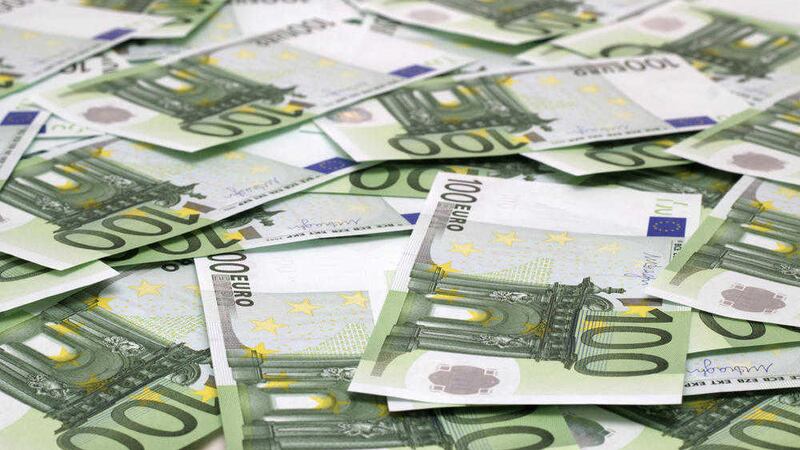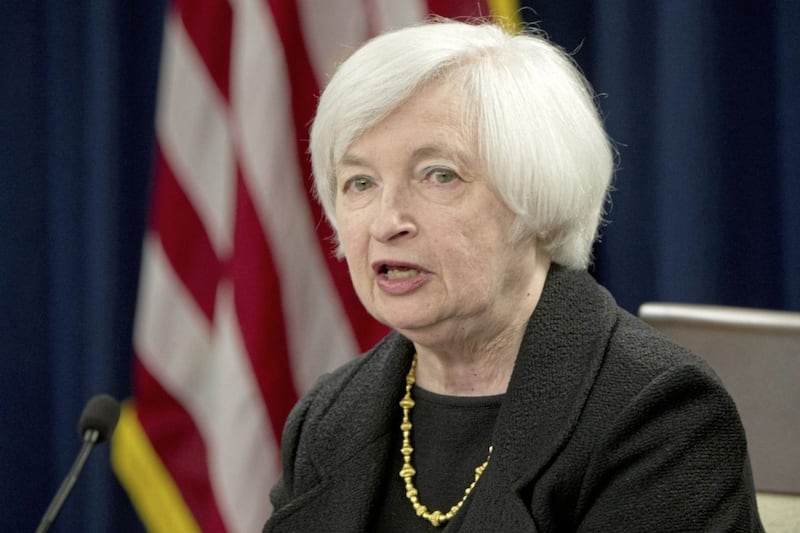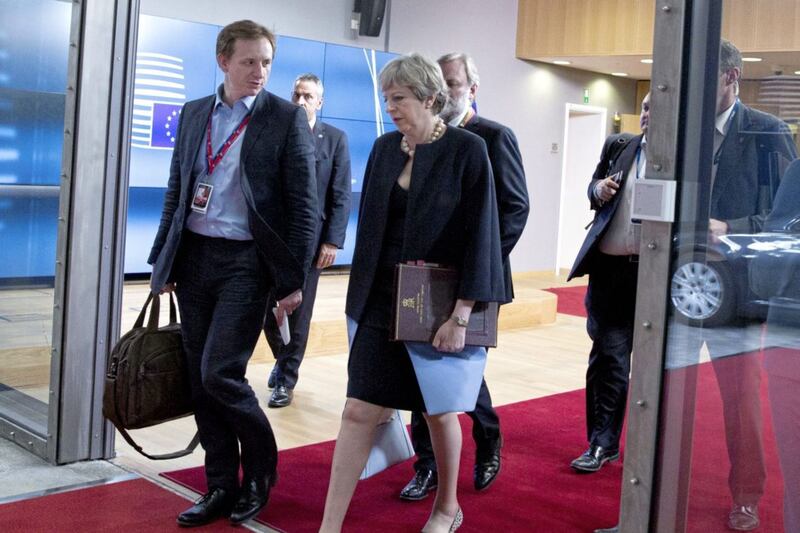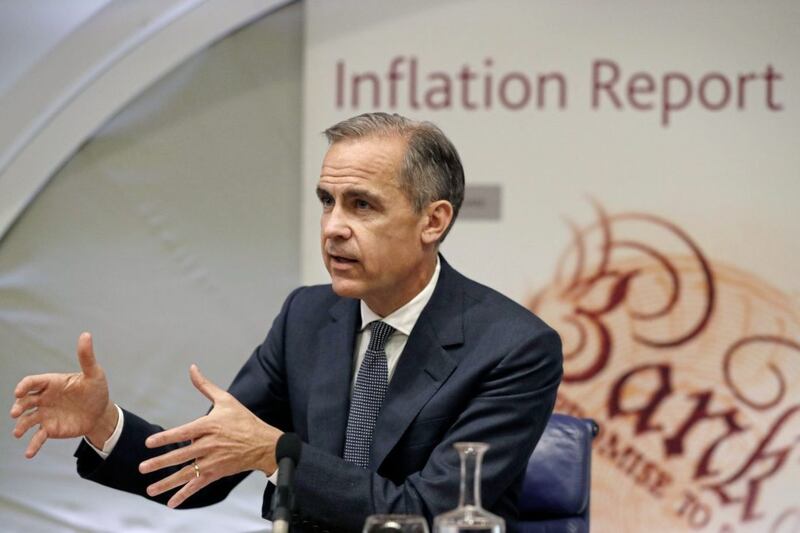LOOKING back over the first quarter of 2016, we saw equity markets, commodities, the US dollar and sterling encounter some significant headwinds. Concerns about the global economy and weak oil prices weighed on investor sentiment.
Increasingly cautious tones from both the US Federal Reserve and the Bank of England (including a lack of interest rates hikes) weighed on the US and UK currencies. In addition, the growing uncertainty over the outcome of the EU Referendum in the UK has also weighed on sterling.
In contrast, bond markets and the euro have had more positive experiences during the opening three months of the year with the aforementioned headwinds acting as tailwinds. The Euro has also been helped more recently, following the March Governing Council meeting, by ECB President Mario Draghi’s comments suggesting that Eurozone interest rates may be at a trough.
The more benign tones emanating from both the US and UK central banks in recent weeks and generally solid underlying macro data have helped with an improvement in risk appetite, with both US and UK equity markets moving back into positive territory in the year to date. However, the cautiousness of both central banks about hiking rates is hampering the respective currencies.
This is reflected in EUR/USD starting Q2 near the $1.14 mark after having begun the year below $1.09. There has been an even more noticeable move higher – around an 8 per cent gain in the year to date - in the EUR/GBP exchange rate with it now up at the 80p mark. Meanwhile, GBP/USD continues to suffer as markets increase their focus on the risk of a potential “Brexit” as the Pound struggling below the $1.44 level.
Looking ahead to the second quarter of 2016, the financial markets are likely to remain sensitive to central bank news and in turn, top tier data releases. However, the first full week of the quarter has a fairly mundane calendar.
That said, the latest minutes from the US FOMC (the interest rate setting committee) are due in the US and will warrant some attention.
Last week, Fed chair Yellen provided a fairly cautious update on the approach of the Fed to rate hikes. Market participants will be looking to the minutes for further insights. The recent Fed projections pointed to two 0.25 per cent rate hikes this year - two less than had been indicated back in December. However, the financial markets continue to expect just one 0.25 per cent hike in 2016 towards the end of the year.
In the UK, the services Purchasing Managers’ Index (PMI) for March is due for release. The index slowed sharply in February, pointing to the weakest pace of growth in the sector in three years. It is forecast to improve in March. However, as in the US, growth in the services sector looks likely to have weakened in the first quarter.
Meanwhile, industrial output, which has been weighed down by lower oil production, was supported by a strong increase in energy (utilities) production in January, after a return to more seasonable weather. Output is forecast to show very modest growth in February. Goods trade data for February also feature, with little improvement in the deficit anticipated.
Elsewhere, retail sales for February are the main release of a light Eurozone schedule. National data out last week suggest that sales will decline, retracing some of their healthy increases from January. In terms of monetary policy, the ECB March minutes will be looked to for further details on the degree of support for the easing measures announced in March.








